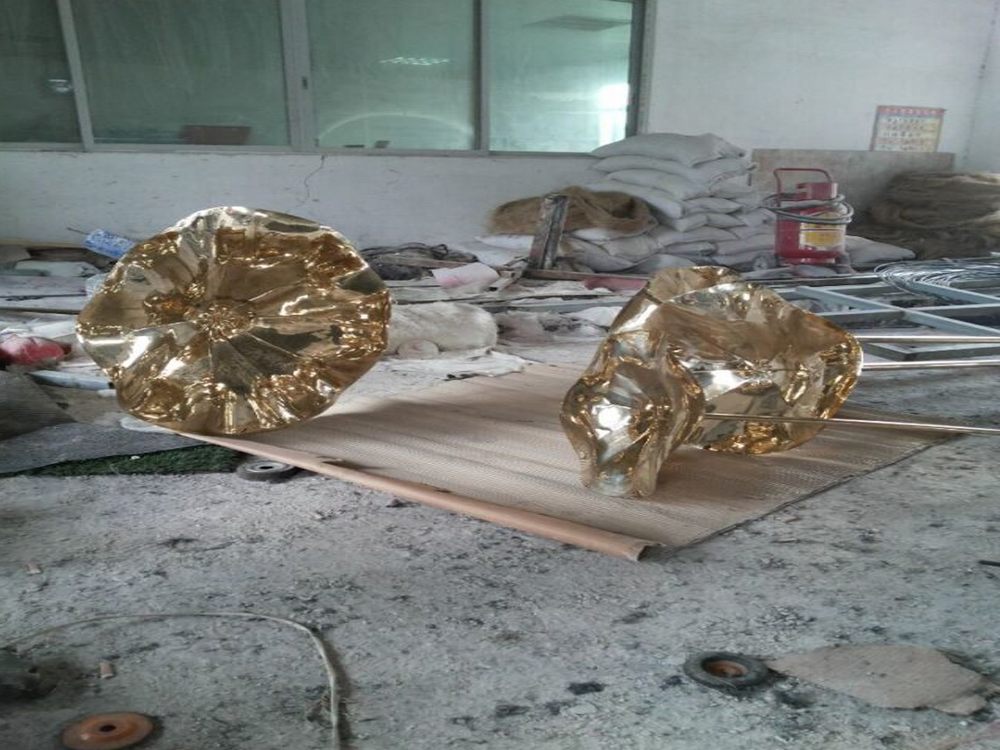
Artists have long mastered the illusion of movement in stationary stone sculptures, transforming rigid materials like marble and granite into dynamic works of art. One key technique is the use of implied motion—capturing a figure mid-action, such as a dancer twirling or a warrior lunging. The strategic positioning of limbs, flowing drapery, and asymmetrical balance all contribute to this effect.
Another method involves intricate detailing, where carved textures like wind-swept hair or rippling fabric suggest movement. The play of light and shadow across these surfaces enhances the illusion, making the stone appear alive. Additionally, artists often employ diagonal lines or spiraling compositions, which naturally guide the viewer’s eye and create a sense of rhythm.
Master sculptors like Michelangelo and Bernini pioneered these approaches, proving that even the heaviest stone can evoke grace and motion. By combining technical skill with artistic vision, they turned static sculptures into timeless expressions of vitality.

